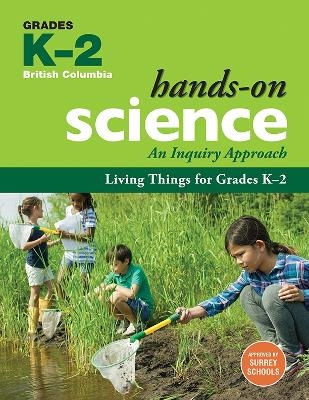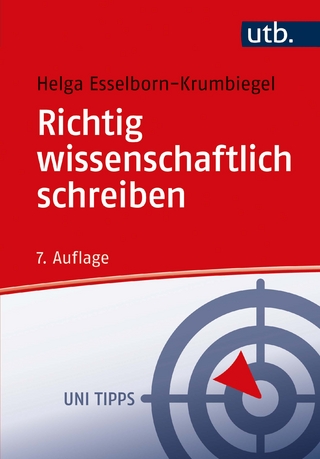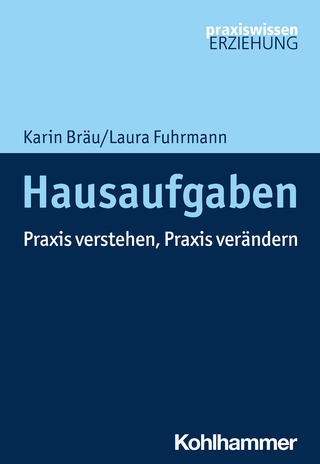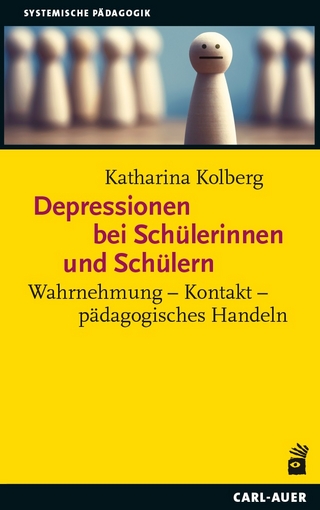
Living Things for Grades K-2
Portage & Main Press (Verlag)
978-1-55379-755-5 (ISBN)
- Titel z.Zt. nicht lieferbar
- Versandkostenfrei innerhalb Deutschlands
- Auch auf Rechnung
- Verfügbarkeit in der Filiale vor Ort prüfen
- Artikel merken
emphasizes Core Competencies, so students engage in deeper and lifelong learning
develops Curricular Competencies as students explore science through hands-on activities
fosters a deep understanding of the Big Ideas in science
Using proven Hands-On features, Living Things for Grades K–2 contains information and materials for both teachers and students including: Curricular Competencies correlation charts; background information on the science topics; complete, easy-to-follow lesson plans; digital reproducible student materials; and materials lists.
Innovative new elements have been developed specifically for the new curriculum:
a multi-age approach
a five-part instructional process—Engage, Explore, Expand, Embed, Enhance
an emphasis on technology, sustainability, and personalized learning
a fully developed assessment plan for summative, formative, and student self-assessment
a focus on real-life Applied Design, Skills, and Technologies
learning centres that focus on multiple intelligences and universal design for learning (UDL)
place-based learning activities, Makerspaces, and Loose Parts
In Living Things for Grades K–2 students investigate plants and animals. Core Competencies and Curricular Competencies will be addressed while students explore the following Big Ideas:
Plants and animals have observable features.
Living things have features and behaviours that help them survive in their environment.
Living things have life cycles adapted to their environment.
Download the FREE digital resources (image banks and reproducibles) that accompany this book by following the instructions printed on the first page of the Appendix.
Jennifer E. Lawson, PhD, is the creator of the Hands-On books published by Portage & Main Press. As senior writer and editor for the series, she has contributed to more than 50 publications for teachers and students. Jennifer provides professional development workshops for educators locally, nationally, and virtually, and is a Workplace Wellness Advisor. Her most recent book is a collective effort called Teacher, Take Care: A Guide to Well-Being and Workplace Wellness for Educators. She is also one of the founders of Mission to Mexico, an organization that supports schools in some of the most impoverished communities in Puerto Vallarta. Throughout her extensive career in education, Jennifer has worked as a classroom teacher, resource and special education teacher, consultant, principal, university instructor, and school trustee. She lives with her family in Winnipeg, Manitoba. Rosalind Poon has been a science teacher and Teacher Consultant for Assessment and Literacy with the Richmond School District for the past 18 years. In her current role, she works with school teams to plan and implement various aspects of the curriculum by collaborating with teams in professional inquiry groups on topics such as descriptive feedback, inquiry, assessment, and differentiation. Her passions include her family, dragon boating, cooking with the Instant Pot and making sure that all students have access to great hands-on science experiences. Deidre Sagert specializes in early years education, and is currently working as the Early Years Support Teacher for the St. James-Assiniboia School Division. She brings 20 years of experience to her current role where she mentors early years teachers in incorporating play-based learning and inquiry into all subject areas. She is passionate about ensuring all students have access to a stimulating environment where they are engaged in hands-on experiences and authentic learning. She enjoys spending time with her family in nature for rejuvenation and inspiration. Melanie Nelson is from the In-SHUCK-ch and Stó:loˉ Nations, and has experience teaching kindergarten through grade 12, as well as adults in the Lower Mainland of British Columbia. She has taught in mainstream, adapted, modified, and alternate settings, at the classroom, whole school, and district levels. Trained as an educator in science, Melanie approaches Western science through an Indigenous worldview and with Indigenous ways of knowing. Her Master of Arts thesis explored the experience of Indigenous parents who have a child identified as having special needs in school, and she is currently completing a Doctor of Philosophy in School Psychology at the University of British Columbia. Lisa Schwartz has been a Teacher Consultant for Assessment and Literacy with the Richmond School District for the past six years. As a consultant, Lisa facilitates professional learning with small groups and school staffs on topics such as the redesigned curriculum, Core Competencies, differentiation, inquiry, and assessment. She also works side by side with teachers co-planning, co-teaching and providing demonstration lessons to highlight quality, research-based instruction that supports all learners. Lisa is passionate about engagement, joyful learning, and success for all students. Hetxw'ms Gyetxw, also known as Brett D. Huson (he/him/his), is from the Gitxsan Nation of the Northwest Interior of British Columbia, Canada. Growing up in this strong matrilineal society, Brett developed a passion for the culture, land, and politics of his people, and a desire to share their knowledge and stories. Brett has worked in the film and television industry for over 13 years and is a volunteer board member for organizations such as Ka Ni Kanichihk and sākihiwē festival. Brett also works with the Prairie Climate Centre to connect western science and Indigenous Knowledges. The award-winning Mothers of Xsan series is Brett’s first series of books and part of a larger vision to share the worlds of the Gitxsan Nation. With the support of his wife, Jeri, and their children, Warren and Ruby, Brett endeavours to continue sharing stories with his writing, artwork, and photography.
Introduction to Hands-On Science 5
About Hands-On Science 5
Format of Hands-On Science 5
The Multi-Age Approach 6
Inquiry and Science 6
The Goals of Science Education in British Columbia 6
Hands-On Science Principles 7
Cultural Connections 8
Indigenous Perspectives and Knowledge 9
References 12
How to Use Hands-On Science in Your Classroom 13
Multi-Age Teaching and Learning 13
Module Overview 13
Talking Circles 16
Multiple Intelligences Learning Centres 17
Icons 18
Makerspaces 19
Loose Parts 20
References 21
Curricular Competencies: How to Infuse Scientific Inquiry Skills and Processes Into Lessons 22
Observing 22
Questioning 22
Exploring 22
Classifying 23
Measuring 23
Communicating, Analyzing, and Interpreting 24
Predicting 25
Inferring 25
Inquiry Through Investigation and Experimentation 25
Inquiry Through Research 26
Addressing Students’ Early Literacy Needs 27
Online Considerations 27
References 28
The Hands-On Science Assessment Plan 29
Student Self-Assessment 29
Formative Assessment 31
Summative Assessment 32
Indigenous Perspectives on Assessment 33
Connecting Assessment to Curricular Competencies 33
Module Assessment Summary 34
Important Note to Teachers 34
References 34
Assessment Reproducibles 35
What Are the Features of Plants and Animals? 59
About This Module 60
Curriculum Learning Framework 65
Curricular Competencies Correlation Chart 66
Resources for Students 68
1 Initiating Event: What Do We Observe, Think, and Wonder About Plants and Animals? 72
2 What Can We Learn About Plants and Animals Through Storytelling? 77
3 What Do We Know About Living Things? 82
4 How Are Living and Nonliving Things Different? 87
5 Is It a Plant, an Animal, or Something Else? 92
6 What Do We Need to Grow and Be Healthy? 95
7 What Are the Needs of Living Things? 101
8 What Animals Live in Our Local Area? 106
9 How Do Animals Meet Their Needs in Their Local Environments? 110
10 How Do Different Indigenous Peoples View Animals? 114
11 How Are Adult Animals and Their Offspring the Same and Different FromEach Other? 118
12 What Can We Learn About Life Cycles? 123
13 What Plants Grow in Our Local Area? 130
14 What Do Plants Need to Stay Alive and Healthy? 134
15 How Do Different Indigenous Peoples Use Plants? 139
16 Inquiry Project: What More Do We Want to Know About Plants or Animals? 144
Appendix: Image Banks 149
About the Contributors 161
Hands-On Science Order Form 162
| Erscheinungsdatum | 16.10.2018 |
|---|---|
| Zusatzinfo | Illustrations |
| Sprache | englisch |
| Maße | 215 x 279 mm |
| Gewicht | 521 g |
| Themenwelt | Schulbuch / Wörterbuch |
| Sozialwissenschaften ► Pädagogik | |
| ISBN-10 | 1-55379-755-8 / 1553797558 |
| ISBN-13 | 978-1-55379-755-5 / 9781553797555 |
| Zustand | Neuware |
| Haben Sie eine Frage zum Produkt? |
aus dem Bereich


